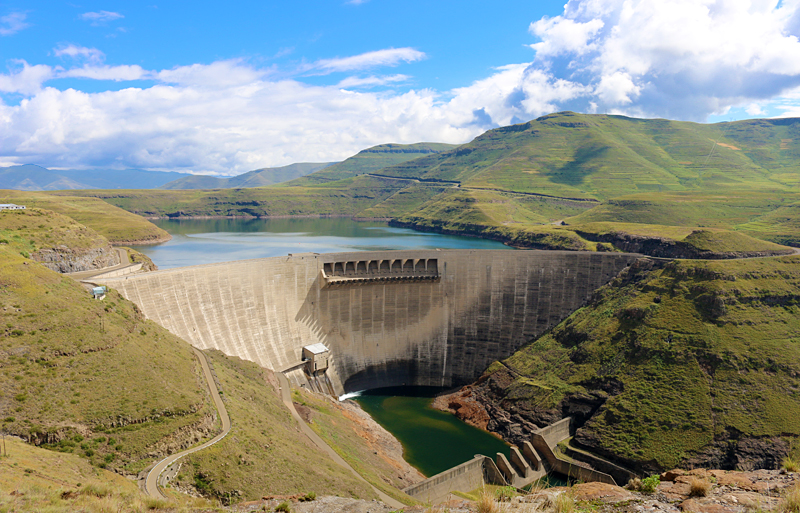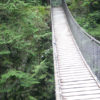A s I departed from Katse Lodge in Bokong in Lesotho on my way to Durban in South Africa, I decided to visit Katse Dam just a few minutes down the road. The double arch concrete dam — once the largest dam in Africa prior to 2009 and is currently the second largest at 185 meters tall, which is just shy of 607 feet — on the Malibamat’so River is what helps to form the beautiful lake to which I woke up earlier that cool sunny morning.
I drove the car into the virtually empty parking lot near the dam, initially thinking that perhaps it was closed. As I sat in the car in a parking spot looking around while contemplating leaving, I spotted out of the corner of my eye a man walking towards the side of the building. I got out of the car and asked him about seeing the dam.

“It is not open now,” he replied in a thick accent.
“I just wanted to take a few photographs of the dam,” I replied. The dam can be seen from the road; but power lines were in the way of the view — and I was hoping to grab a few photographs of the dam without the power lines in them.
He stood silent for a moment before he motioned me to enter the building with him. “Come — I will show you around.”
There were some exhibits and office space which we passed inside of the building by before he opened a door which led out to the back of the building near the dam.

Katse Dam is part of the Lesotho Highlands Development Authority — which is the implementing agency of the Lesotho Highlands Water Project — that will eventually include five large dams in remote rural areas.

The man told me that some of the water is sold to South Africa to supplement the water supply of that country. I thought that was interesting; so I researched the information via the Internet after I returned home to the United States.

Implemented in multiple phases, the Lesotho Highlands Water Project was established by the 1986 treaty arranged by the World Bank and signed by the governments of the Kingdom of Lesotho and the Republic of South Africa to provide water to the Gauteng region of South Africa; as well as to generate hydroelectric power for Lesotho.

The scenery was breathtaking. Lesotho is such a beautiful and scenic country.

At 1,993 meters — or almost 6,539 feet — above sea level, Katse Dam is the highest dam in Africa.
Summary and Information
If you find yourself in Bokong in Lesotho, I do recommend a visit to Katse Dam. I enjoyed my quiet and leisurely visit.
The drive from the Ficksburg Bridge border crossing is approximately 136 kilometers which will take 2.5 hours to drive; and the drive from the Maseru Bridge border crossing is approximately 220 kilometers which will take greater than 3.5 hours to drive…
…but I strongly recommend staying overnight near the dam instead of attempting to do all of your driving in one day. While you can drive from either Maseru or Ficksburg on completely paved roads, they wind through towns, mountains and farmland where pedestrians, donkeys and cattle may be in the road — so exercise caution; and there are many roads in Lesotho which are not paved at all. Leave yourself plenty of time to drive; and ensure that you have enough fuel for the trip, as petrol stations can be scarce.
Katse Information Centre
P.O. Box 7332
Maseru 100 Lesotho
Tel +266 – 22910377/22910806/7/8/9
Fax +266 – 22910002
Daily presentations on the overview, benefits and impacts of the Lesotho Highlands Water Project and tours to the Katse Dam wall — I did not go to the actual wall itself — are scheduled during the following hours:
Monday to Friday — 9:00 in the morning through 2:00 in the afternoon
Saturday, Sunday and public holidays — 9:00 through 11:00 in the morning
I did not pay anything to visit Katse Dam despite having an impromptu private tour — not knowing there was an admission fee — but the fee schedule is shown below; and I hope that you can afford to visit:
Ten maloti per adult — or approximately 62 cents
Five maloti per child, scholar and tertiary student — or approximately 31 cents
Free tour for children younger than six years of age.
All photographs ©2015 by Brian Cohen.

